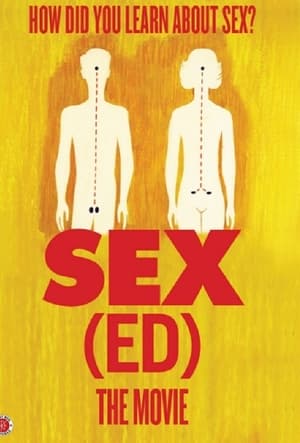The Illusion
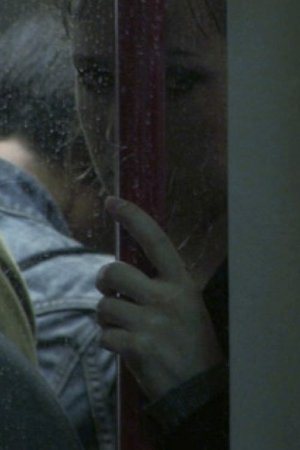
The Illusion
HomePage
Overview
Susana Barriga’s documentary, the illusion, begins with violence. A long shot reveals a man standing on a street corner, his features indiscernible in the night. He moves out of the camera’s line of vision, but the filmmaker, persistent, moves with him as the jostling of the camera marks her steps. As we learn moments later, the man in the distance is Susana’s father – and this is the clearest image of him we will have. Suddenly, an angry British man demands that Susana cease filming. Susana protests in heavily accented English, “He is my father!” Glimpses of a man’s torso are followed by blurred images as the camera spins rapidly over surfaces. The image cuts to black. A new male voice asks in carefully spaced out words if Susana would like him to call the police. When she doesn’t respond immediately, he speaks louder, as though volume would compensate for the language difference. She gives her name; she refuses the offer of an ambulance.
Release Date
2009-02-06
Average
8
Rating:
4.0 startsTagline
Genres
Languages:
EspañolKeywords
Similar Movies
 8.2
8.2Night and Fog(fr)
Filmmaker Alain Resnais documents the atrocities behind the walls of Hitler's concentration camps.
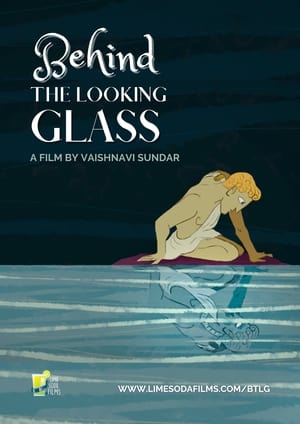 0.0
0.0Behind the Looking Glass(en)
Behind The Looking Glass is a film about the lives of women whose partners have or want to ‘transition’. While we hear a great deal of “stunning and brave” stories of men, there is a deadly silence when it comes to the stories of the wives or partners. This film will be the first of its kind in collecting such experiences of women from around the world.
 7.1
7.1The Arrival of a Train at La Ciotat(fr)
A group of people are standing along the platform of a railway station in La Ciotat, waiting for a train. One is seen coming, at some distance, and eventually stops at the platform. Doors of the railway-cars open and attendants help passengers off and on. Popular legend has it that, when this film was shown, the first-night audience fled the café in terror, fearing being run over by the "approaching" train. This legend has since been identified as promotional embellishment, though there is evidence to suggest that people were astounded at the capabilities of the Lumières' cinématographe.
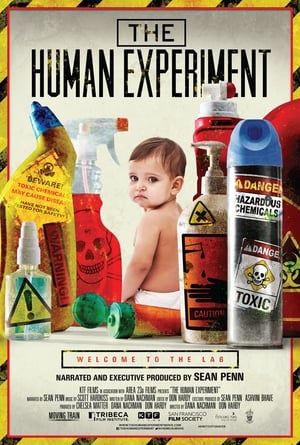 6.5
6.5The Human Experiment(en)
A documentary that explores the potential dangers of toxic chemicals in consumer products and the recent spike in unexplained health phenomena.
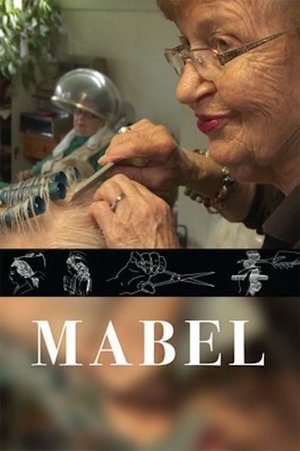 0.0
0.0Mabel(en)
Feisty, fiercely independent and firmly rooted in place, 90 year-old Mabel Robinson broke barriers back in the 40s when she became the first woman in Hubbards, Nova Scotia, to launch her own business—a hairdressing salon where she still provides shampoo-n-sets over 70 years later. Weaving animation and archival imagery with intimate and laugh out loud moments in the salon, the film celebrates the power of friendship, doing what you love and staying active. With no desire to retire anytime soon, Mabel gives voice to a generation who are not front and center of cinema or the pop hairstyles of the day, and subtly shifts the lens on our perception of beauty and the elderly.
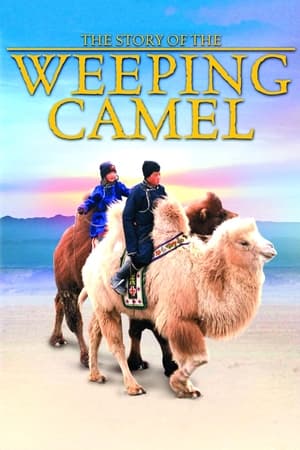 7.1
7.1The Story of the Weeping Camel(mn)
When a Mongolian nomadic family's newest camel colt is rejected by its mother, a musician is needed for a ritual to change her mind.
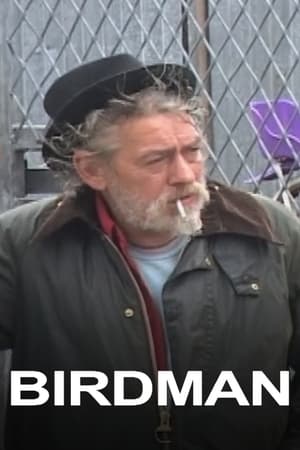 3.4
3.4Birdman(en)
A portrait of Robert, a troubled but poetic soul struggling with his purgatorial existence in a hackney scrapyard.
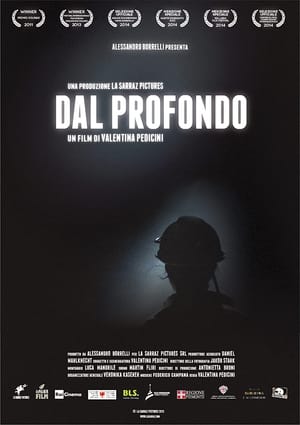 6.1
6.1From the Depths(it)
Both an activist and a documentarian, Valentina Pedicini also brings her background in anthropology to this impressively captured, claustrophobic nonfiction feature. Venturing beneath sea level, From the Depths profiles the lone woman at work in the last coal mine in Sardinia, Italy.
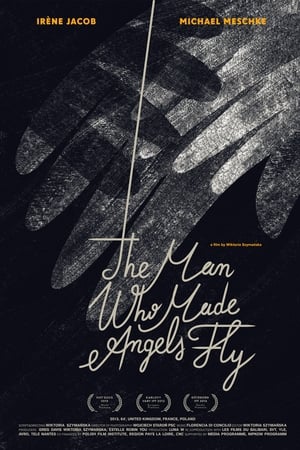 7.0
7.0The Man Who Made Angels Fly(en)
When the lights dim and the stage is revealed, Meschke channels life through the strings of his puppets, triggering the spiritual connection between the creator and his alter-egos: the charismatic Don Quixote, the loving Penelope, the inquisitive Baptiste, or the mysterious Antigone. THE MAN WHO MADE ANGELS FLY is a poetic story about a master of his craft that has inspired audiences to reflect upon common issues of suffering and the mortal coil. Visionary and un-biographic, imaginary tribute to the puppeteer.
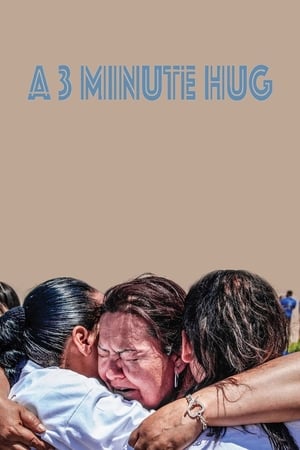 6.5
6.5A 3 Minute Hug(es)
As daylight breaks between the border cities of El Paso, Texas, and Juarez, Mexico, undocumented migrants and their relatives, divided by a wall, prepare to participate in an activist event. For three minutes, they’ll embrace in no man’s land for the briefest and sweetest of reunions.
 7.4
7.4The Cats of Mirikitani(en)
Documentary about red-bereted Jimmy Mirikitani, a feisty painter working and living on the street, near the World Trade Center, when 9/11 devastates the neighborhood. A nearby film editor, Linda Hattendorf, persuades elderly Jimmy to move in with her, while seeking a permanent home for him. The young woman delves into the California-born, Japan-raised artist's unique life which developed his resilient personality, and fuel his 2 main subjects, cats and internment camps. The editor films Jimmy's remarkable journey.
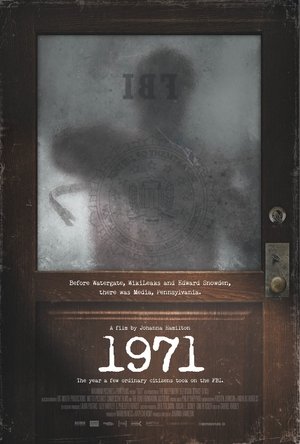 6.7
6.71971(en)
Forty years before WikiLeaks and the NSA scandal, there was Media, Pennsylvania. In 1971, eight activists plotted an intricate break-in to the local FBI offices to leak stolen documents and expose the illegal surveillance of ordinary Americans in an era of anti-war activism. In this riveting heist story, the perpetrators reveal themselves for the first time, reflecting on their actions and raising broader questions surrounding security leaks in activism today.
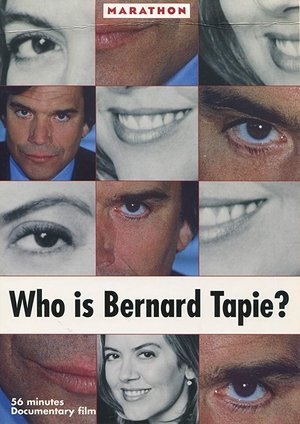 3.5
3.5Who Is Bernard Tapie?(en)
This documentary tells two stories simultaneously: it's a profile of Bernard Tapie, a wealthy man who rises and falls spectacularly in French society and may be on the rise again; and, it's a look at Marina Zenovich's fascination with Tapie, behaving oddly in spite of her awareness that she's being irrational. Politicians, athletes, friends, companions, and journalists comment on Bernard's charm, his rise to prominence in sports and politics, and his subsequent trouble with the law. Zenovich becomes fixated on her need to interview Tapie, becoming virtually a stalker in her quest.
 4.5
4.5Casa Roshell(es)
You’d never know this is your home away from home. The surveillance camera outside shows a drab reception area and an unremarkable street in Mexico City; inside, the lights flash, but the tables are empty. Yet preparations are soon underway and fixed categories cease to apply: stubble is removed, make-up applied and strands of hair are teased into place; the camera is trained not on the men themselves, but what they see in the mirror.
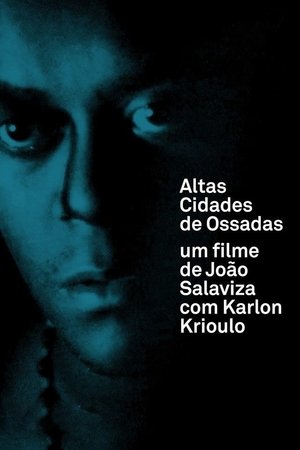 6.3
6.3High Cities of Bone(pt)
Karlon, born in Pedreira dos Húngaros (a slum in the outskirts of Lisbon) and a pioneer of Cape Verdean creole rap, runs away from the housing project to which he had been relocated.
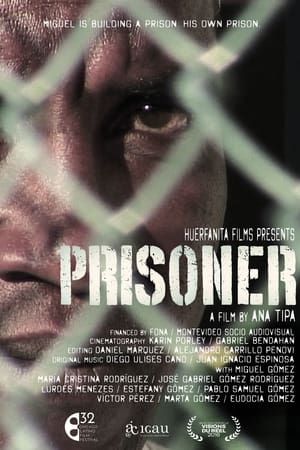 6.3
6.3Prisoner(es)
While working at Uruguay's largest prison construction site, Miguel is leading a double life. When he realizes that he has become a prisoner of his own lies, Miguel struggles to find the courage to disclose the truth to his loved ones.
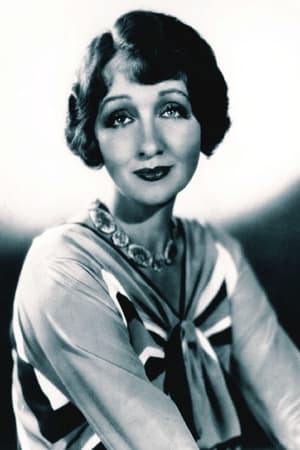 6.0
6.0Hedda Hopper's Hollywood No. 2(en)
Hedda Hopper plays hostess at a party for her (grown) son William (DeWolfe Jr.). Hopper, attends the dedication of the Motion Picture Relief Fund's country home and goes to the Mocambo. There is also a sequence dedicated to the Milwaukee, Wisconsin world premiere of the first short in this series attended by more that a few film stars.
Apache(en)
Short about the daily life of the Apaches, including their ceremonies.
 3.5
3.5Making of KAMEN RIDER GAIM : Soccer Grand Final! Golden Fruit Contest! Hero Japan's National Team Summer(ja)
Making-of DVD for a film of tokusatsu series "Kamen Rider Gaim" starting to be shown at theaters from July 2014. Includes a documentary of the shooting scenery and interviews with staff and cast. Was included as a Bonus disc with Blu-ray version of the film. Complete recording of the filming site of the movie that you can't miss!/Full recording of the filming site of "Theatrical version Kamen Rider Gaim Soccer Great Decisive Battle! Golden Fruit Scramble!" released in July 2014! and interviews with guest cast members such as Masafumi Nakayama and Ainosuke Kataoka!! / Release the making video that will definitely make the movie more interesting than anywhere else!
Recommendations Movies
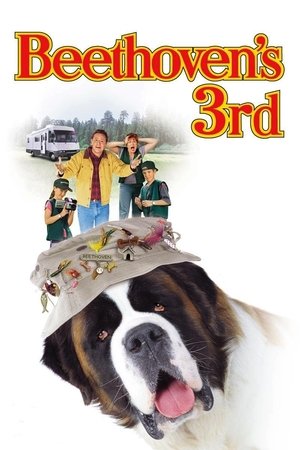 5.2
5.2Beethoven's 3rd(en)
Everyone's favorite St. Bernard returns in this family film about man's best friend. Richard Newton, his wife Beth and kids Brennan and Sara shove off in their camper for a road trip. Along the way, they gain a new passenger: slobbery Beethoven. The Newtons plan to return Beethoven to his owner -- but not before he turns hero when a pair of thieves enter the picture.
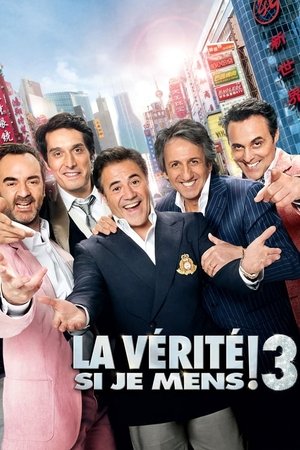 5.5
5.5Would I Lie to You? 3(fr)
Eddie, Dov, Yvan and the others ... Our warm friends have migrated from the moribund Sentier to the flourishing suburb of Aubervilliers ... Where the old Jewish entrepreneurs left the ground to young courageous and dynamic Chinese wholesalers ... The little band is as close to each other as in previous episodes, and life goes on at the mercy of small family events and business. Dov still seems frivolous, enterprising Eddie, chilled Yvan, casual Karine, resolute Sandra, naive Chochana, irresponsible Serge and mythomaniac. As for Patrick, he is in love and the happy elected is far from easy to access. Everything would be fine until a bad wind brings its share of adversity seriously compromising the cohesion of the group. Will they succumb under the storm to the turmoil, or, once again, by mutual aid, cunning and skill, will they triumph over the crisis with panache?
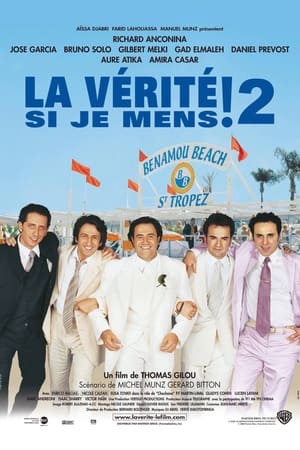 6.1
6.1Would I Lie to You? 2(fr)
Eddie, Dov, and Yvan are back, still working in Paris' Sentier textile district, This time they're confronting the high-stakes world of large distribution after striking a deal with Eurodiscount, a European hypermarket chain.
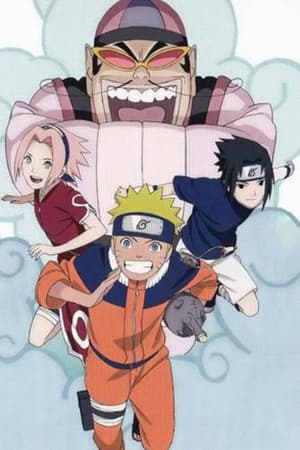 7.5
7.5Naruto OVA 7: Naruto, the Genie, and the Three Wishes, Believe It!(ja)
Naruto discovers a genie's bottle while he and the gang are at a genin grill party. When everyone finds out about the genie's ability to grant wishes, the ultimate chase begins.
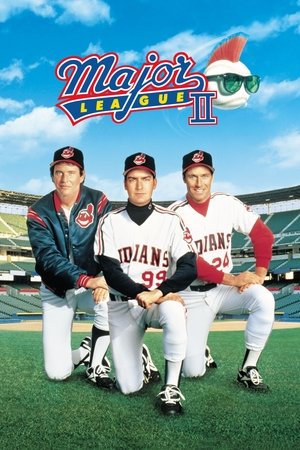 5.7
5.7Major League II(en)
After losing in the ALCS the year before, the Cleveland Indians are determined to make it into the World Series this time! However, they first have to contend with Rachel Phelps again when she buys back the team.
 5.2
5.2Police Academy 6: City Under Siege(en)
Our favourite police men are called together to deal with a gang who rob banks and jewelers. Using their various talents as well as their extraordinary luck, the crooks stand no chance against our men and women in blue.
 6.2
6.2The 2019 Rose Parade with Cord & Tish(en)
Cord Hosenbeck and Tish Cattigan return for their annual round of live Rose Parade coverage. Cord Hosenbeck and Tish Cattigan are no strangers to the iconic New Year’s tradition of the Rose Parade, having covered the event for the past twenty-six years. After a whirlwind year that included traveling abroad to cover the Royal Wedding, the duo are more excited than ever to return to Pasadena. The esteemed Tim Meadows will also return for the festivities.
 5.7
5.7The Prince & Me: A Royal Honeymoon(en)
At last! The newly crowned King of Denmark, Edward, and his wife and Queen, Dr. Paige Morgan, find time to fly to Belavia for their secret honeymoon. What better way to spend the Christmas holidays than at a fabulous ski resort? But as they take a tour of Belavia's natural beauty, Eddie and Paige discover that the evil Prime Minister Polonius has given orders to bulldoze the precious forests - to drill for oil. Then, the couple bump into Paige's ex-boyfriend, Scott. Eddie immediately becomes jealous - furthermore he suspects Scott cannot be trusted. Paige and Eddie must do everything they can to save the forest, even if it means putting aside their honeymoon.
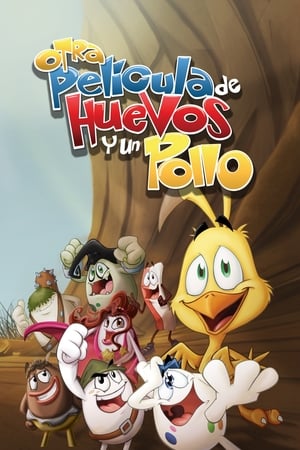 7.7
7.7Another Egg and Chicken Movie(es)
Toto, now a chicken, tries to live as such, while Willy and Bibi deal some problems between them. A sorcerer egg desert needs a chicken heart to cast a spell. He sends his armies of eggs vulture, ostrich and scorpion to kidnap Toto. His friends embark on a journey through the desert to rescue the chicken, where they live countless adventures
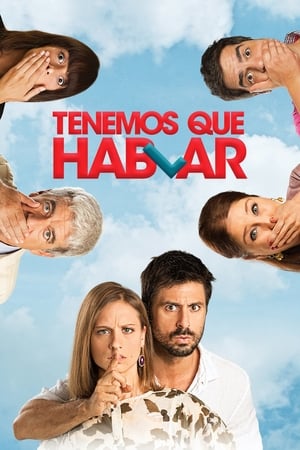 5.6
5.6We Need to Talk(es)
Nuria is a young girl with a good life, a boyfriend to marry him and a parents who love her, but a problem: she still is married with Jorge. Former CEO, Jorge lives almost in the ruin together his ex boss and friend Lucas. After two years separated, Jorge doesn't forget her, but Nuria tries to ask him files for divorce when she wrongly discovers that Jorge has tried to commit suicide jumping by a window. Feeling responsible by it, Nuria talks with her parents Miguel and Patricia, according cheat Jorge for that he beliefs that they aren't divorced and Miguel didn't lose his company due to the Jorge's bad business inversions that ruined his parents-in-law, in order to get the divorce without pain for anybody. The real problem is what when the lies accumulate, the situation is each time more dangerously out of control.
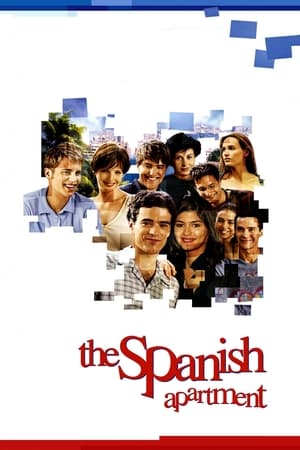 7.1
7.1The Spanish Apartment(fr)
A strait-laced French student moves into an apartment in Barcelona with a cast of six other characters from all over Europe. Together, they speak the international language of love and friendship.
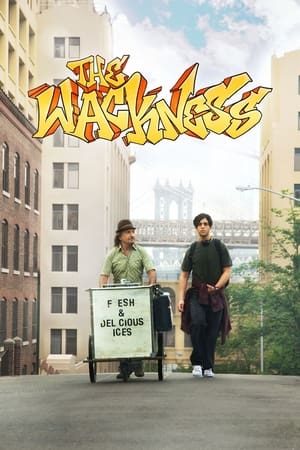 6.4
6.4The Wackness(en)
Set in New York City in the sweltering summer, The Wackness tells the story of a troubled teenage drug dealer, who trades pot for therapy sessions with a drug-addled psychiatrist. Things get more complicated when he falls for one of his classmates, who just happens to be the doctor's daughter. This is a coming-of-age story about sex, drugs, music and what it takes to be a man.
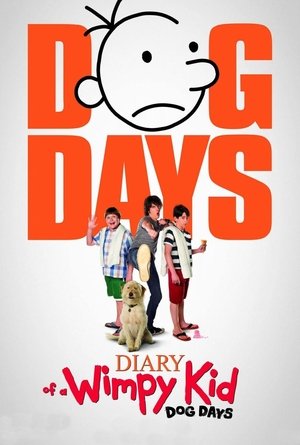 6.3
6.3Diary of a Wimpy Kid: Dog Days(en)
It's summertime, and Greg Heffley is looking forward to playing video games and spending time with his friends. However, Greg's dad has other plans: He's decided that some father-son bonding time is in order. Desperate to prevent his dad from ruining summer vacation, Greg pretends he has a job at a ritzy country club. But Greg's plan backfires, leaving him in the middle of embarrassing mishaps and a camping trip gone wrong.
 6.0
6.0Sanam Re(hi)
A story about the man who is confused with his love life finds solace in his birthplace with his childhood love.
 6.6
6.6Naruto OVA 6: The Cross Roads(ja)
Naruto: The Cross Roads (Za Kurosurozu) is the sixth Naruto OVA. It uses the same CGI graphics as Naruto: Ultimate Ninja Storm and was released during Naruto: Shippuden. This OVA premiered at the Jump Festa Anime Tour 2009. Between the Prologue - Land of Waves and Chunin Exams arcs, Team 7 is waiting for Kakashi, who is late again, to start a new mission (B-ranked as Sasuke states). The team sets off while Kakashi explains that Genmai from the Inaho Village is missing, who has vanished in the hills.
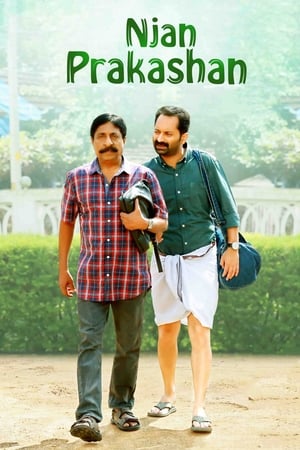 6.9
6.9Njan Prakashan(ml)
Pining for a lavish life abroad, a lazy but lovable guy next door crafts a scam to avoid a career in nursing and find a wealthy spouse to secure a visa.
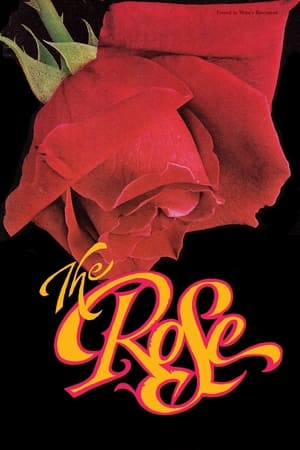 6.7
6.7The Rose(en)
Rock-and-roll singer Mary Rose Foster's romantic relationships and mental health are continuously imperilled by the demands of life on the road.
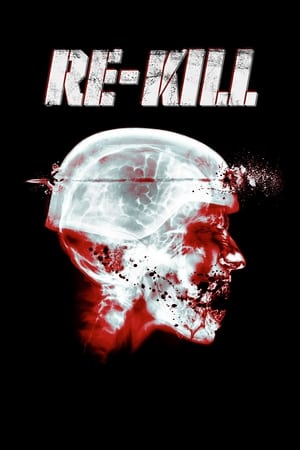 6.0
6.0Re-Kill(en)
Five years after a zombie outbreak, the men and women of R-Division hunt down and destroy the undead. When they see signs of a second outbreak, they fear humanity may not survive.
 7.3
7.3George W. Bush(en)
This two-part, four-hour look at the life and presidency of George W. Bush features interviews with historians, journalists and several members of the president’s inner circle. Part One chronicles Bush’s unorthodox road to the White House. The once wild son of a political dynasty, few expected Bush to ascend to the presidency. Yet 36 days after the November 2000 election, Bush emerged the victor of the most hotly contested race in the nation's history. Little in the new president’s past could have prepared him for the events that unfolded on September 11, 2001. Thrust into the role of war president, Bush's response to the deadly terrorist attack would come to define a new era in American foreign policy. Part Two opens with the ensuing war in Iraq and continues through Bush’s second term, as the president confronts the devastating impact of Hurricane Katrina and the most serious financial crisis since the Great Depression.
